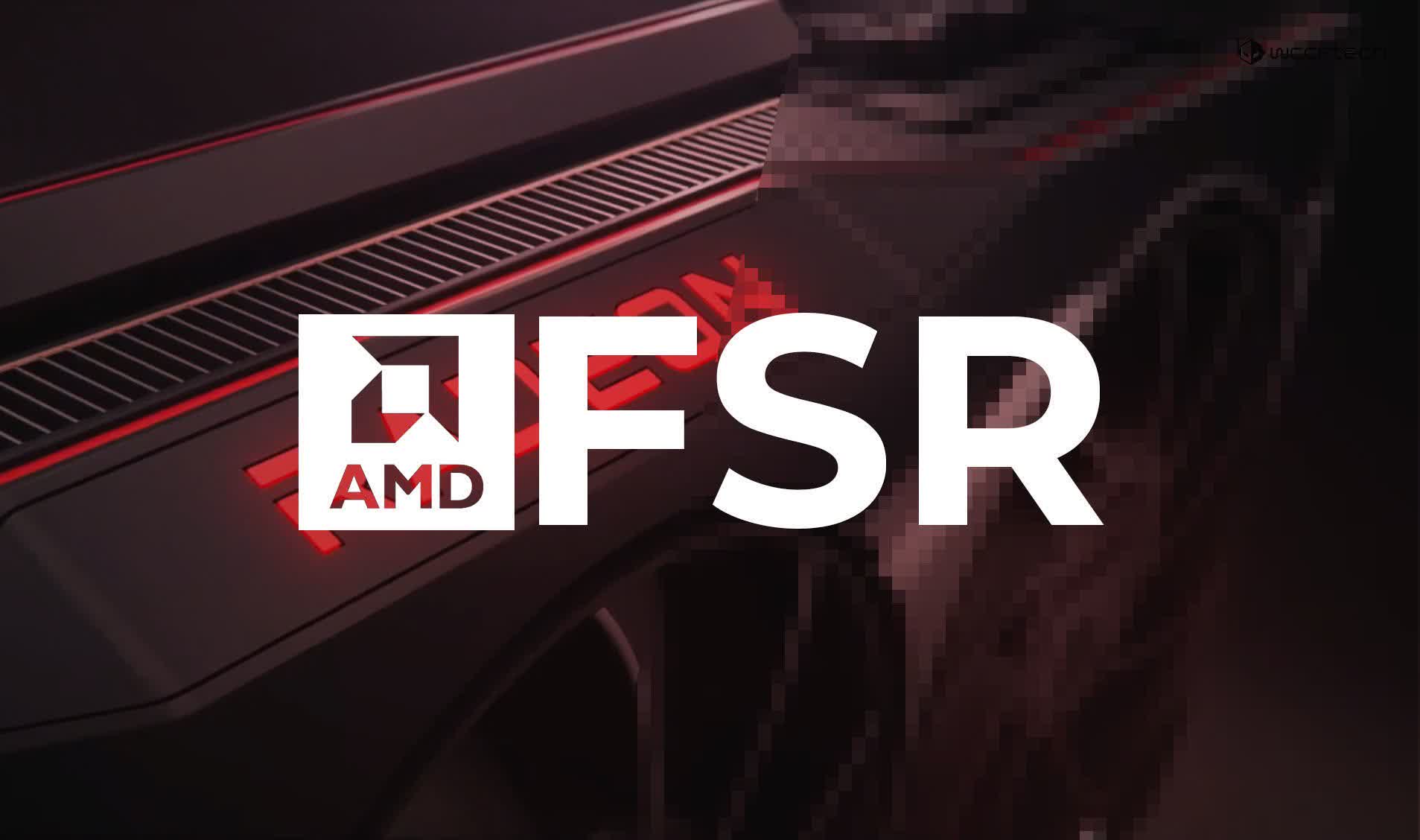TL;DR: To mark its first anniversary, AMD has released FSR 2.0 to all developers wanting to use the company's image upscaling technology. This could greatly expand the number of games that support it, in contrast with Nvidia's relatively exclusive but more widespread supported competitor, DLSS.
AMD announced the open-source release of FidelityFX Super Resolution 2.0 this week. Developers can now download it from GPUOpen and start working to incorporate it into current and upcoming games. AMD also plans to release Unreal Engine 4 and 5 plug-ins for FSR soon to help the many developers using those engines. Additionally, Xbox developers have access to FSR 2.0 now, too.
Since its launch in March (FSR 1.0 was released last June), FSR 2.0 has used temporal upscaling to improve image quality while conserving horsepower, making costly features like ray tracing and 4K output resolution attainable for more graphics cards. Notable games currently supporting it include God of War, Deathloop, and Farming Simulator 22. Upcoming games like Forspoken and The Callisto Protocol will include FSR 2.0 at launch.

Tests show that Nvidia's machine learning-powered DLSS is somewhat more effective than FSR, especially at lower resolutions, but it's not open source and only supports the last couple of GeForce RTX generations. Meanwhile, FSR supports older Nvidia hardware in addition to AMD cards.
Even if DLSS requires Nvidia's proprietary tensor cores, some have begged (or even threatened) the company to make the solution open source. Hackers accessed some Nvidia sensitive data and leaked the DLSS source code last March.
Intel is also preparing to compete with AMD and Nvidia with its machine learning upscaler called XeSS. That should help image quality and performance in games like Death Stranding, Ghostwire: Tokyo, and Hitman III whenever Intel's Arc Alchemist graphics cards become widely available.
